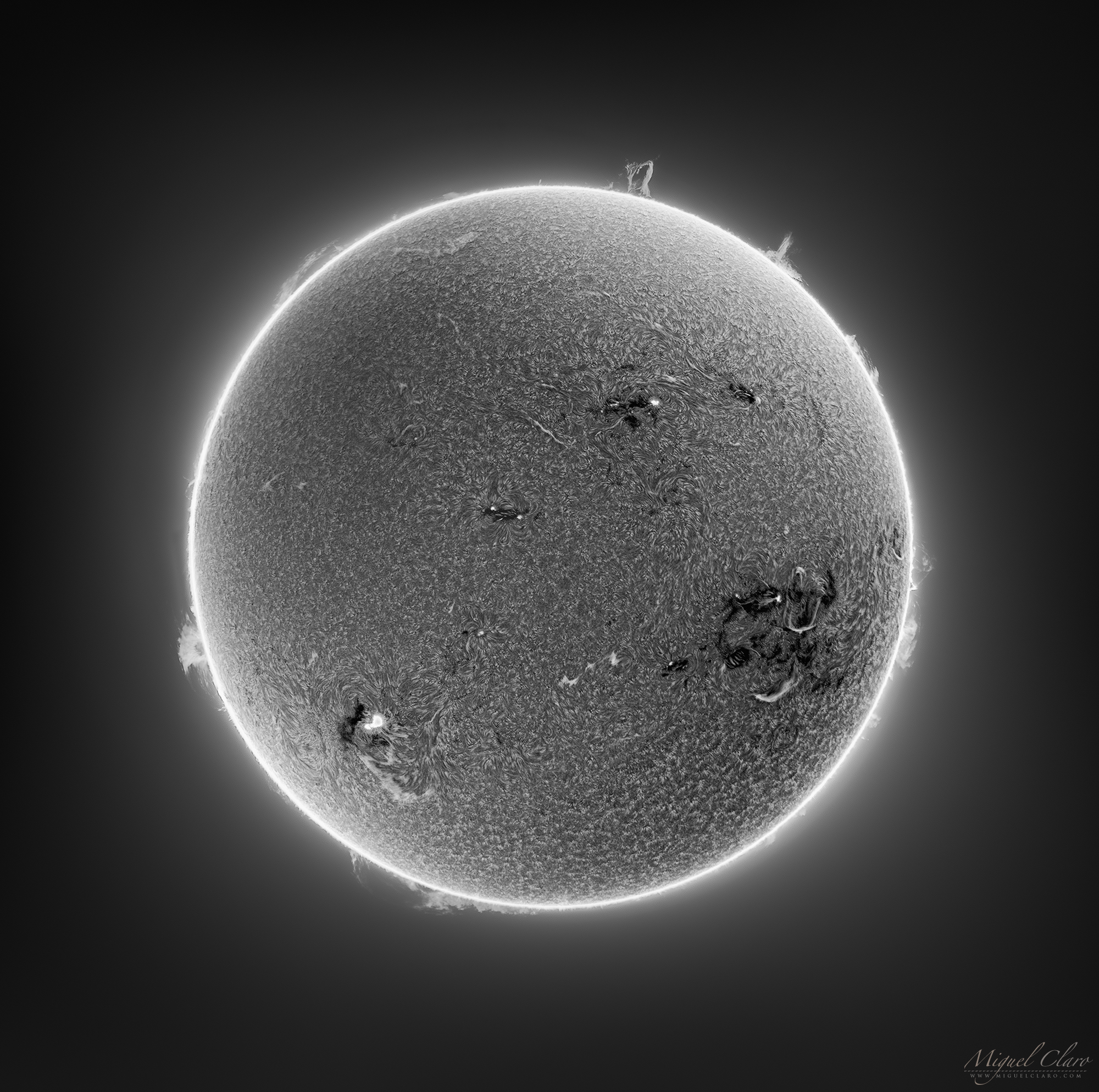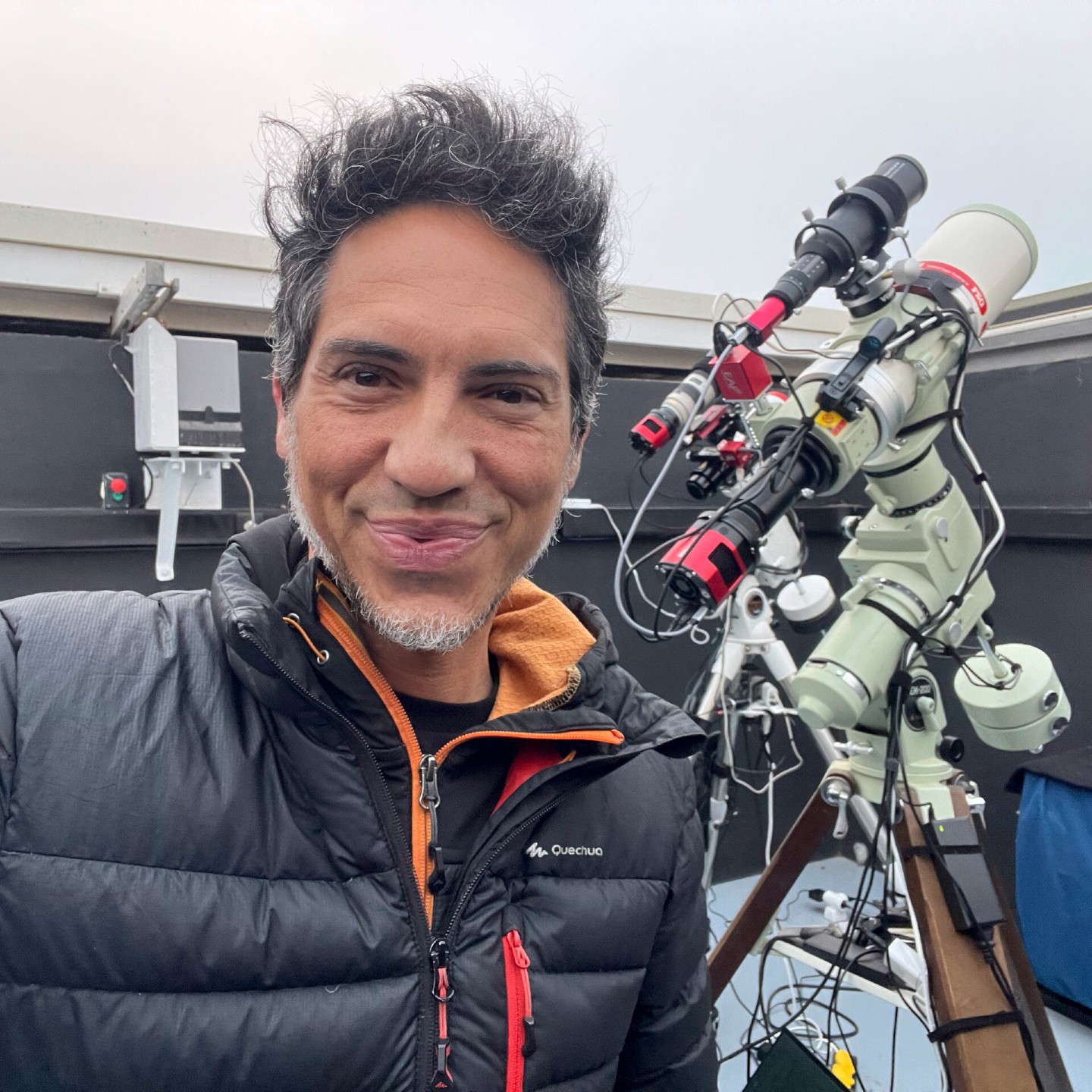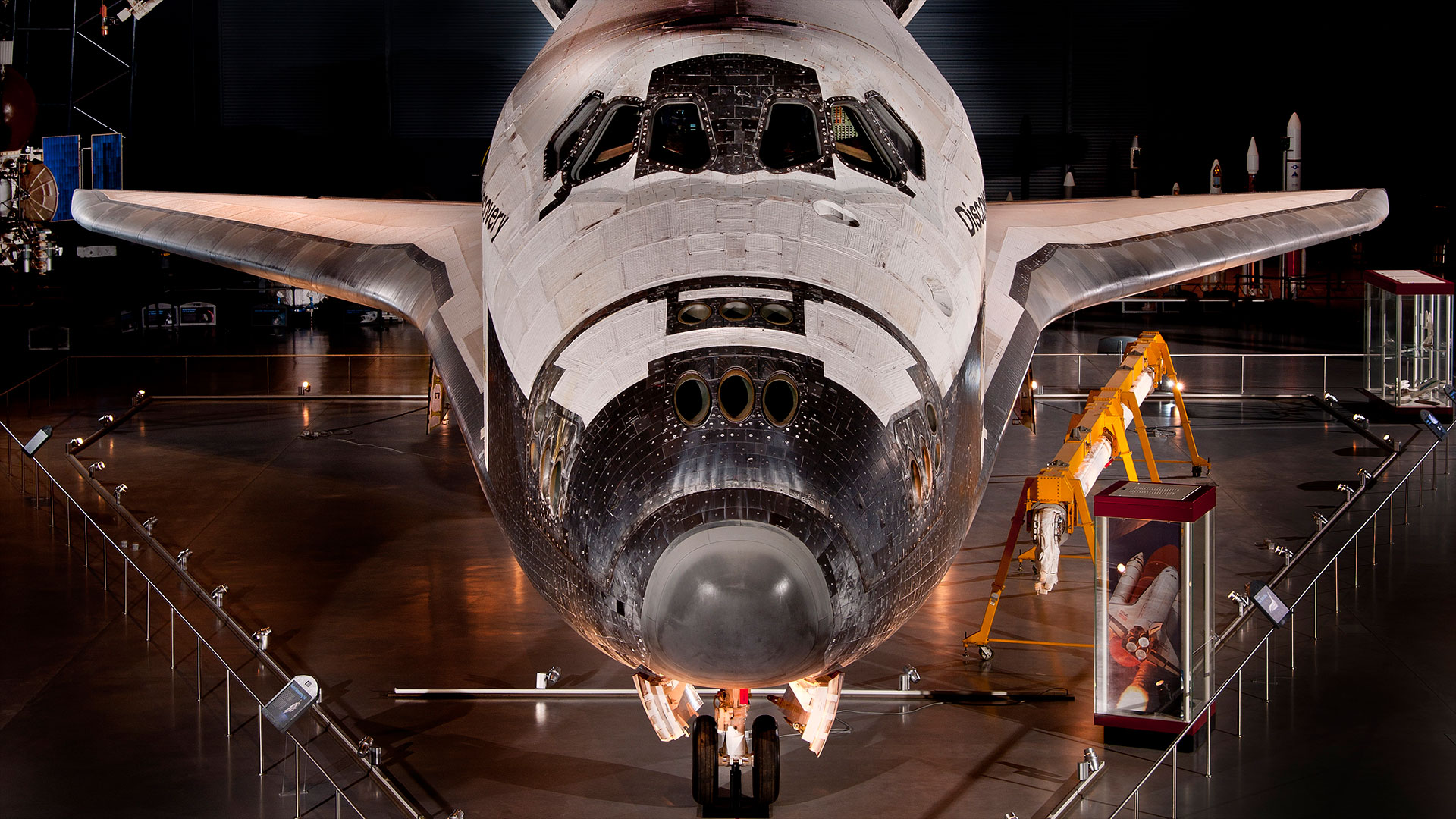The sun rages with solar flares in epic time-lapse footage (video)
The sun is seriously on fire!
Miguel Claro is a professional photographer, author and science communicator based in Lisbon, Portugal, who creates spectacular images of the night sky. As a European Southern Observatory Photo Ambassador and member of The World At Night and the official astrophotographer of the Dark Sky Alqueva Reserve, he specializes in astronomical "Skyscapes" that connect both Earth and the night sky.
Join Miguel here as he takes us through his new image, "Solar Time Lapse of an Entire Full Disc Shows Erupitve Prominences and Minor Flares in Motion."
On July 9, 2023, I took my first solar time lapse of an entire full disc of the sun, showing a lot of interesting features in motion such as eruptive prominences and minor solar flares visible in the sun's chromosphere while our star rotated over the course of 3 hours.
The time-lapse sequence was captured from Dark Sky Alqueva territory in Portugal with a Player One Saturn-M SQR camera and a Lunt telescope LS100, generating 3 terabytes of data.
In the video above, it is possible to watch a time lapse sequence that contains 213 processed still shots, each one the result of a stack of the best 200 frames from each raw video. The final result is a 5K high resolution time lapse movie comprising around 3 hours and 20 minutes of images.
Related: Powerful sun storm knocks out radio transmissions across North America
Below is a still shot presented in monochrome (black and white), intended to help steer your attention to the most interesting parts of the image.
Breaking space news, the latest updates on rocket launches, skywatching events and more!
Technical Details: Lunt Solar System LS100| EQ-6 Pro mount | Player One Saturn-M SQR | Stack of 200 frames for each single image, captured in average seeing conditions from Dark Sky® Alqueva territory, Portugal.
Important Note: Never look at or point a telescope or any other optical equipment directly at the sun without proper specialized safety filters! It can cause vision damage and potentially blind you forever.

Looking for a telescope? We recommend the Celestron Astro Fi 102 as the top pick in our best beginner's telescope guide.
Want to try you own hand at exploring celestial phenomena with the right equipment? Check out our guides on the best telescopes and best binoculars.
You can also get your imaging gear ready using the best cameras for astrophotography and best lenses for astrophotography.
To see more of Miguel Claro's work, please see his website or follow his stories on Instagram at www.instagram.com/miguel_claro.
Editor's Note: If you snap your own photos of the sky and would like to share them with Space.com's readers, send your photo(s), comments, and your name and location to spacephotos@space.com.
Miguel Claro is a professional photographer, author and science communicator based in Lisbon, Portugal, who creates spectacular images of the night sky. As a European Southern Observatory photo ambassador, a member of The World At Night and the official astrophotographer of the Dark Sky Alqueva Reserve, he specializes in astronomical skyscapes that connect Earth and the night sky.



